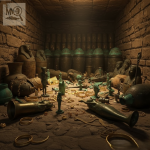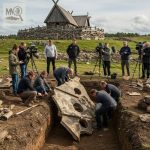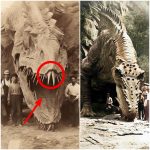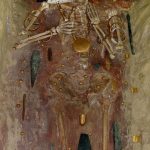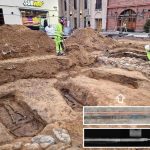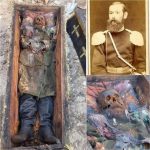4,800-Year-Old Mother-Child Embrace Unearthed in Taiwan
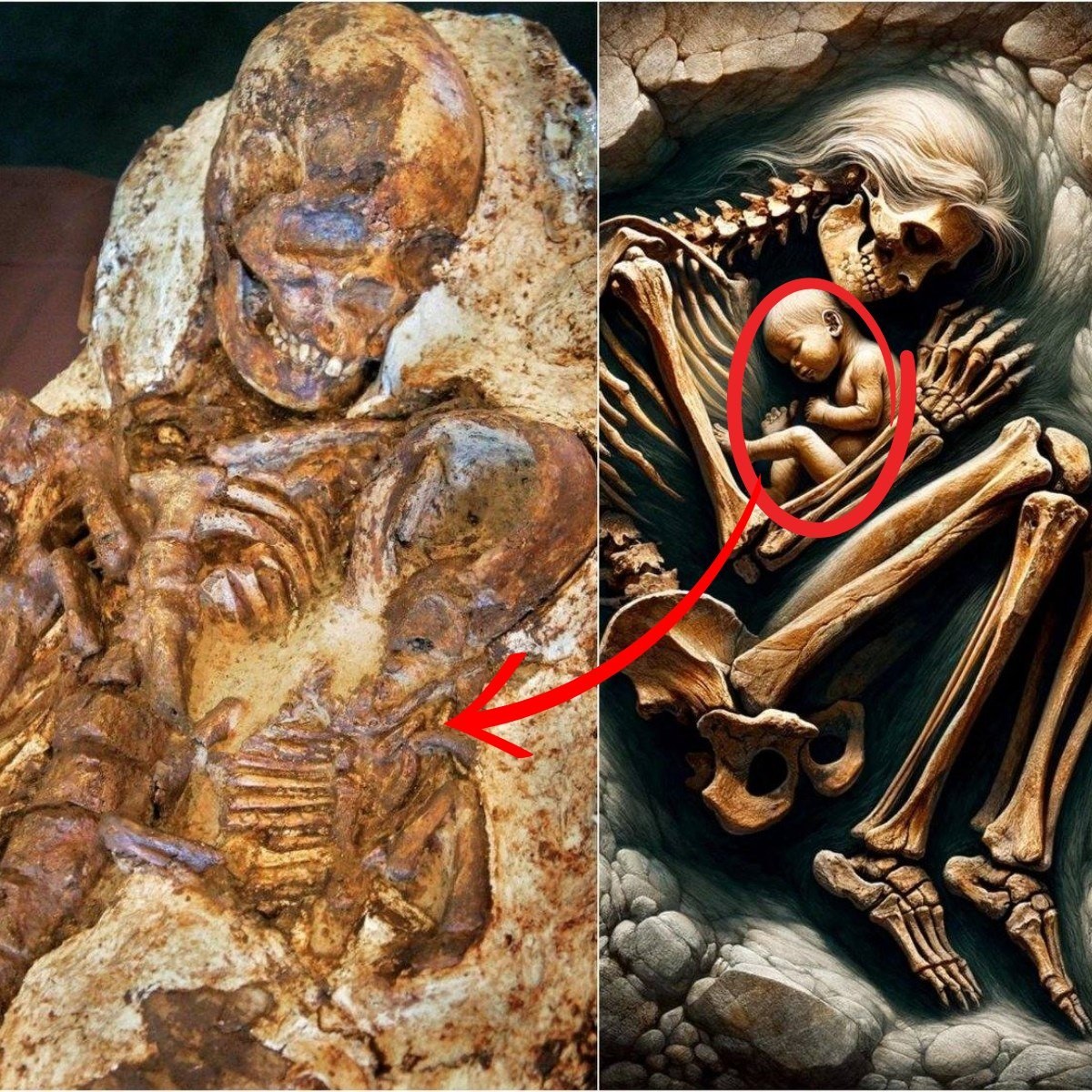
In a discovery that bridges millennia, archaeologists in Taiwan have uncovered a 4,800-year-old burial displaying a mother and child preserved in a timeless embrace. This poignant find offers an unprecedented glimpse into prehistoric life, highlighting emotional depth, social structure, and ritual practices that continue to resonate across human history.
The Discovery
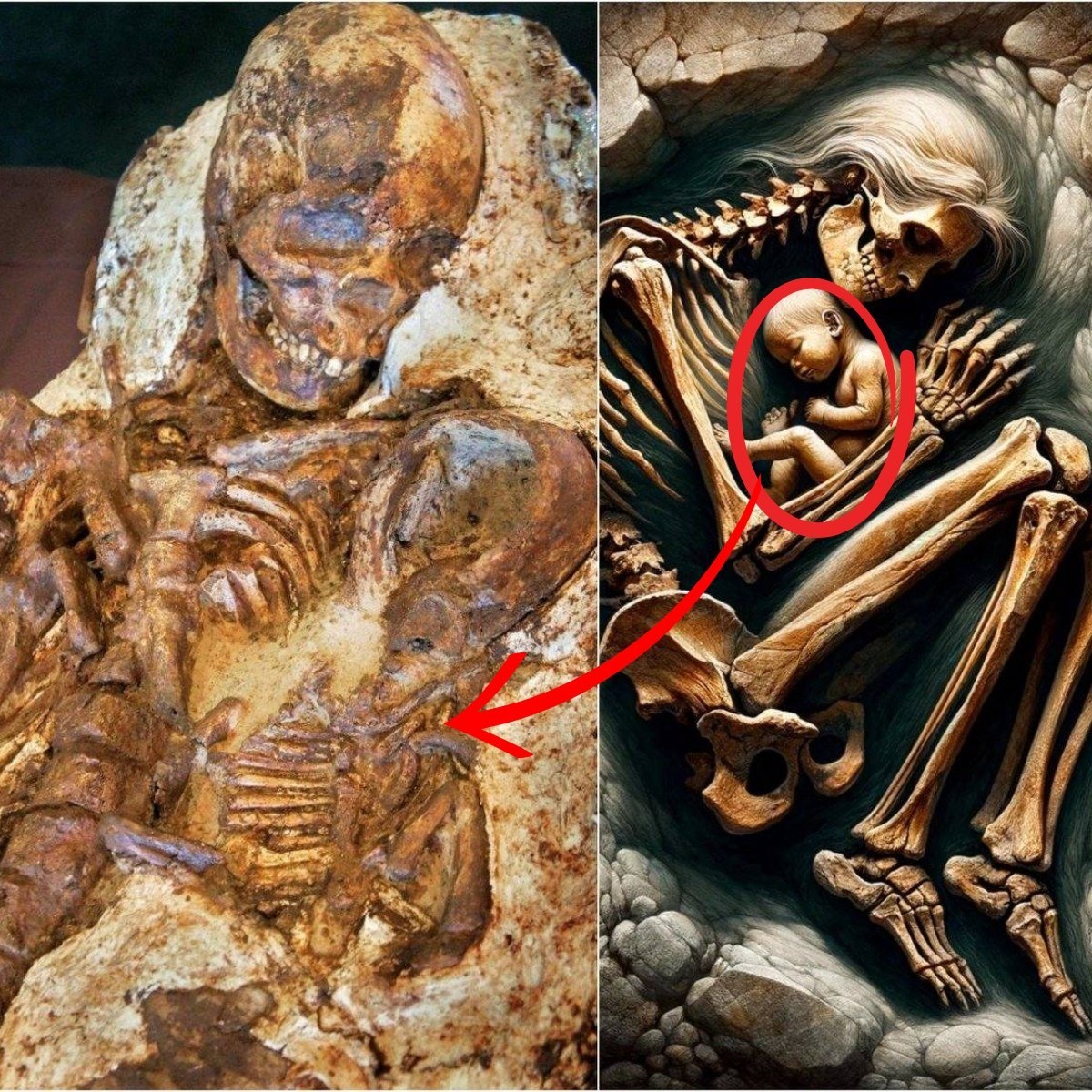
The burial was found during a systematic excavation in a prehistoric site in Taiwan, where careful stratigraphic work revealed the remains of a young mother and her child interred together. Remarkably preserved, the skeletons appear to have been intentionally positioned, with the mother’s arms gently embracing the child. This posture, frozen in time, suggests deliberate placement and provides insight into the symbolic and emotional practices of the community that carried out the burial.
Artifacts recovered alongside the remains include simple pottery, tools, and ornamental items, indicative of the cultural and ritual significance attached to this act of interment. The care taken in their burial suggests that the mother and child held special significance, whether social, spiritual, or familial.
Insights Into Prehistoric Rituals
The mother-child burial sheds light on ancient ritualistic and ceremonial practices. Interring individuals together, particularly in such intimate positions, indicates a sophisticated understanding of life, death, and social relationships. Researchers suggest that the embrace may have been symbolic, representing protection, continuity, or love that transcends death.

Such findings expand knowledge of emotional expression in prehistoric societies. The presence of ceremonial objects alongside the remains reinforces the notion that rituals played a crucial role in preserving social memory and honoring relationships among the living and the deceased.
Cultural and Social Implications
This burial provides valuable context for understanding the social structures of prehistoric Taiwan. The deliberate arrangement and inclusion of grave goods suggest that communities recognized familial bonds and individual significance within their societies. These insights help reconstruct aspects of prehistoric life that are otherwise invisible, revealing that human societies long valued emotional connections, maternal care, and communal identity.
Furthermore, the discovery contributes to broader anthropological studies on human development, social behavior, and the evolution of ritualized care for the deceased. It emphasizes the universality of grief, affection, and commemoration across cultures and epochs.
Preservation and Research
The remarkable preservation of the skeletons is attributed to favorable soil conditions and careful excavation techniques. Researchers are employing modern analytical methods, including radiocarbon dating, osteological studies, and isotopic analysis, to better understand the health, diet, and lifestyle of these individuals. The findings promise to offer a richer understanding of prehistoric human biology, family structures, and mortuary practices in East Asia.
Conclusion
The 4,800-year-old mother-child burial in Taiwan is a haunting and extraordinary testament to human emotion, love, and ritual practice. Preserved in a timeless embrace, it reminds us that prehistoric societies were capable of profound emotional expression and social sophistication. As archaeologists continue to study the site, this discovery not only illuminates the lives and beliefs of ancient peoples but also underscores the enduring human capacity for care, connection, and remembrance across millennia.
